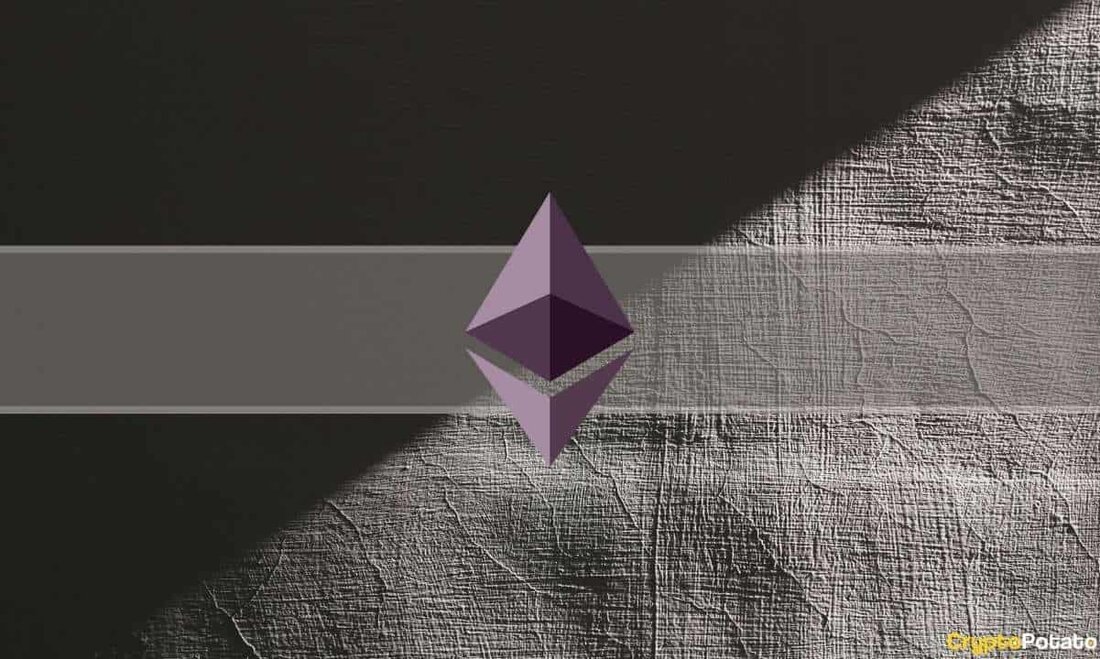The average gas fee of Ethereum achieved a 12-month high in the middle of the resolution of Memecoin
In the past few weeks, the Ethereum community has dealt with a problem that worries many users-the rapidly increasing gas consumption in the network. Gas fees are collected for the processing of transactions on the Ethereum blockchain and they have risen at alarming speed. Ethereum gas fee reaches 12-month high according to Dune, divided by Data Scientist Hildobby, the median price of ETH-gas, measured in Gwei and averaged over seven days, has risen to 87, a level that has not been reached in the past 12 months.

The average gas fee of Ethereum achieved a 12-month high in the middle of the resolution of Memecoin
In the past few weeks, the Ethereum community has dealt with a problem that worries many users-the rapidly increasing gas consumption in the network.
gas fees are charged for the processing of transactions on the Ethereum blockchain and they have increased at alarming speed.
Ethereum gas fee reaches 12-month high
The high gas fees have led to frustration among users who find it more and more expensive to carry out simple transactions in the network themselves. Many small users, such as B. developers of decentralized applications (DAPP), dealers and small investors, find it difficult to take part in the Ethereum ecosystem due to the high gas fees.
try to buy an NFT for ~ $ 20 on ETH, and the gasoline costs ~ 40 $.
some people say that the infra operators deserve to be paid for. Sure, but imaging pays a visa fee of $ 40 for the purchase of a digital good of $ 20. Infra should be affordable. pic.twitter.com/5l4Syjt5af
- 0xmqq (@0xmqq) 18. April 2023
Memecoins return
The problem is primarily due to the increasing demand for the processing of transactions in the network, since Memecoins return to the market after almost two years of silence. Memecoin trade has gained dynamics in the past few weeks, with most trade activities taking place on Ethereum Blockchain.
Such a Memecoin is Pepe, whose market capitalization has risen by more than 100 times within the last two weeks after its introduction in mid-April. Other Memecoins who have recorded a considerable hype in the past few weeks are Arbdogeai, Wojak and Shibai.
Another possible reason for the high ETH gas fee is the rescue of the NFT trade on the Ethereum blockchain. While such volumes decreased significantly in April, possibly due to the rebirth of Memecoins, reports showed that they reached $ 4.7 billion in the first quarter of 2023, 137 % compared to the previous year.
In addition, data from the Blassnode blockchain intelligence platform showed that gas consumption from NFT-related activities on Ethereum has increased by 94 % between January and February.
The way forward
The Ethereum community actively works on solutions to address the problem, including the implementation of the Ethereum Improvement Proposal (EIP) 4844. This proposal aims to reduce the gas fees and transaction throughput by introducing a new type of transaction that accepts the "Blobs" of data.
In the meantime, the users were forced to adapt their strategies, with some decided to carry out transactions outside of peak times if the gas fees are normally lower. Others have switched to alternative blockchain networks that offer lower fees, or have chosen Layer 2 scaling solutions such as polygon to reduce transaction costs.
.

 Suche
Suche
 Mein Konto
Mein Konto
